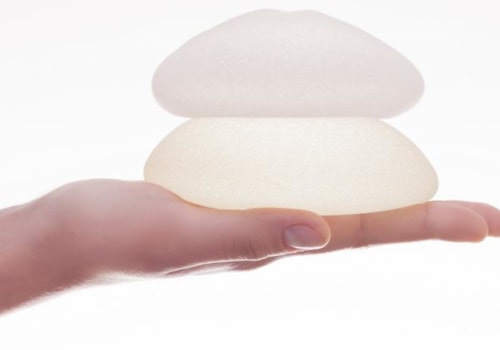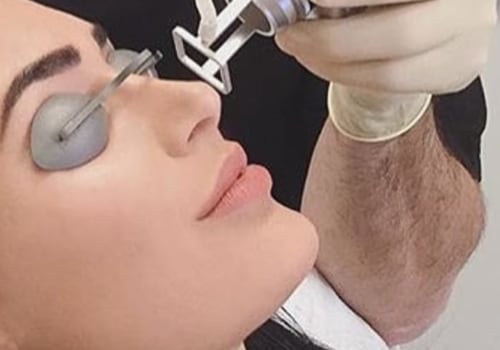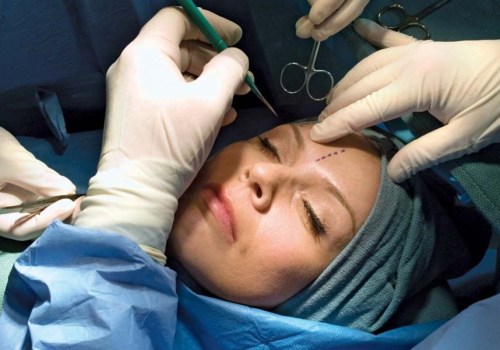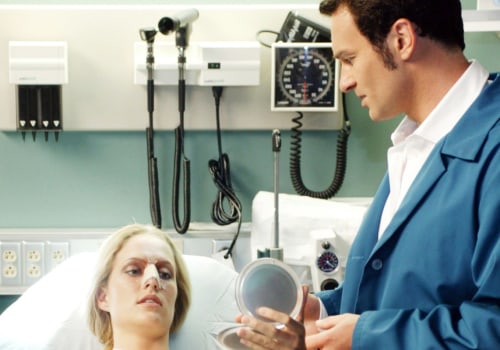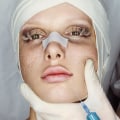Since the days of Sushruta, innovation has shaped the history of plastic surgery. Plastic surgeons have always been known as innovators or close followers of innovations. With this descriptive international survey study, the authors aimed to assess the future of plastic surgeons by analyzing how plastic surgery and plastic surgeons will be affected by new trends in medicine. Cosmetic surgery is the main subclass of plastic surgery that is believed to be the one that will change the most in the future.
Plastic surgeons consider stem cell therapy to be the most likely factor of change. Along with changes in surgery, plastic surgeons also expect changes in plastic surgery education. The most approved assumption for the future of plastic surgery is that the number of non-surgical cosmetic procedures will increase in the future. If surgeons want to achieve better results in their practice, they should at least be open minded to innovations if they don't become innovators.
In addition to the individual efforts of each surgeon, international and local plastic surgery associations must develop new strategies to adopt these innovations in surgical practice and education. As New Procedures Emerge, Plastic Surgeons Offer More Options Than Ever. ASPS members are also measuring patient-reported outcomes to discover what patients really want and be able to guide us into the future. trends in cosmetic surgery indicate that the demand for plastic surgery will continue to grow as it becomes more advanced, less invasive and more affordable.
New technologies and innovative techniques will be pioneers to further improve the quality of procedures. Plastic Surgeons Are Excited About Using Stem Cell Technology. These will be combined in the future with tissue engineering, focusing on the growth of body parts. Structures such as skin can be grown, which can lead to implants that can restore function and shape.
We should also add that stem cells could end up being reinjected as fillers, which is exciting because they would last longer and would be more compatible than the filters used right now. Returning to stem cells, they can become literally any type of tissue. This includes fat, so it will be possible to grow the patient's own fat and then use it for fat grafting. As a result, transplants may become more common than ever.
In twenty or thirty years, custom tissue engineering will allow us to develop biological structures such as skin and even organs in the laboratory, after which they can be implanted to restore shape and function. We will also be better able to control the immune system, allowing the transplantation of more complex structures, such as the face. Whether for purely aesthetic or reconstructive reasons, more and more people are looking for solutions in plastic surgery. With the implementation of new technologies, such as gene therapy, 3D printing and augmented reality, the future of plastic and reconstructive surgery looks bright.
The prospect of advances in tissue engineering is exciting for plastic surgeons because of the specialty's emphasis on tissue manipulation, adds Lin. There are people who really need plastic surgery, such as those who have suffered serious accidents and whose bodies have suffered extensive damage. These important technological advances could change the face of plastic surgery in the coming decades. Today's expensive radiofrequency devices, such as Thermage and Tripollar, will be available as hairdryers now in every home of the future and you'll be able to lift and tone your face or body as if you were getting your hair done when you're invited to a party or meeting.
Add this to the already popular trend of using lasers for skin rejuvenation, and you can see the enormous impact of technological advances on the attractiveness of plastic surgery. We asked three experts to comment on 5 technologies that could change the face of plastic surgery in the coming decades. And Buford predicts that plastic surgeons will continue to find creative ways to combine multiple procedures to create synergy, less downtime and more natural results. Pittman, suggesting that a plastic surgery practice usually thrives in a strong market economy, giving people an extra boost of financial confidence to spend their disposable income on an expensive procedure.
And in the future, it could mean that physical structures such as ears, tracheas and skin can be grown in the laboratory and then implanted to restore form and function, according to Byrne. In the future, plastic surgeons could use biologics as add-ons or substitutes for current tools, Lin says. Plastic and cosmetic surgery are medical procedures, and as medical science unfolds at breakneck speed, it seems that every year there are safer, less invasive and more effective procedures to choose from. This includes plastic surgery, a field that, in an era of rapid innovation and technological transformation, is changing as much as any other.
As plastic surgery continues to evolve into a less stigmatized category, coverage of responsibly reported news has increased and whispered conversations about getting the job done are now being discussed aloud and on social media for all to see. After leaving Penn, he returned to NYU Medical Center to spend a year as a member of Microvascular Reconstruction at the prestigious Institute of Reconstructive Plastic Surgery at NYU. . .
